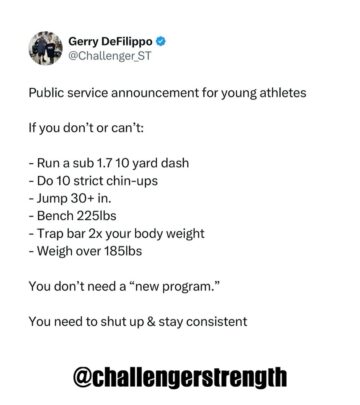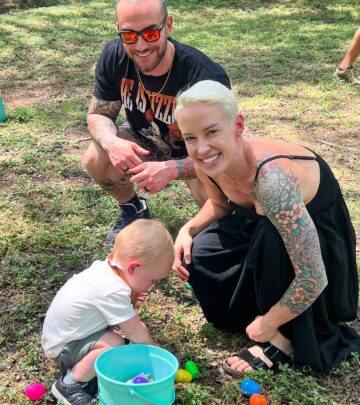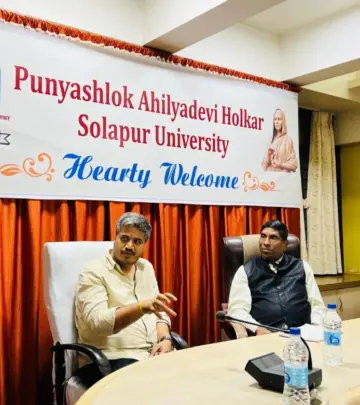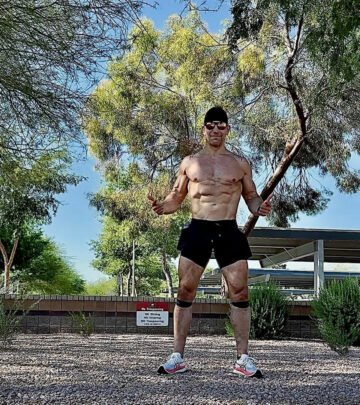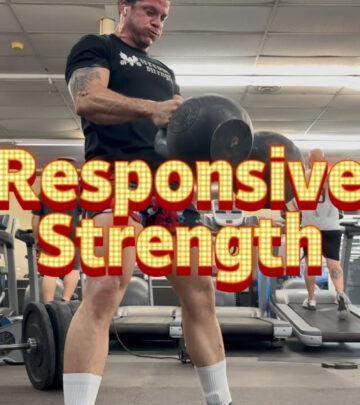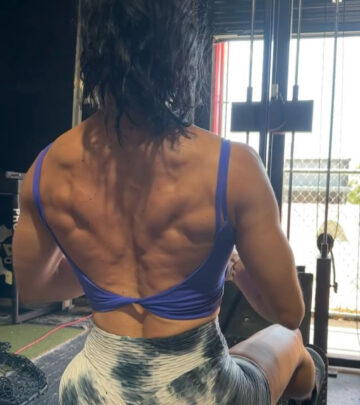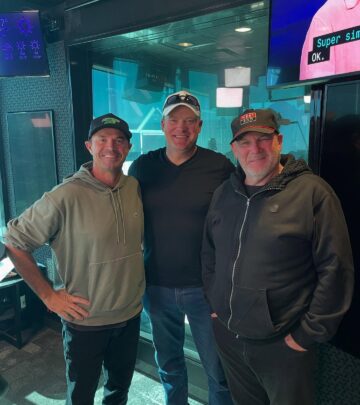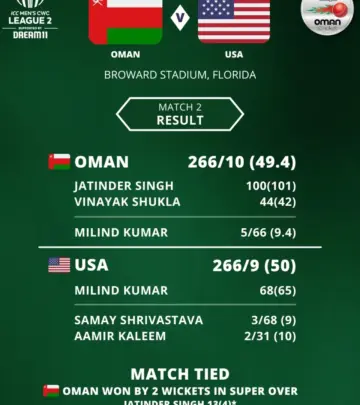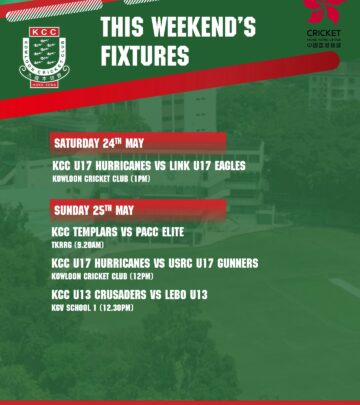Study Reveals Biomechanics Behind Pitchers’ Arm Slot
Study contrasts HS vs pro pitchers; torso rotation and timing shape arm slot stress
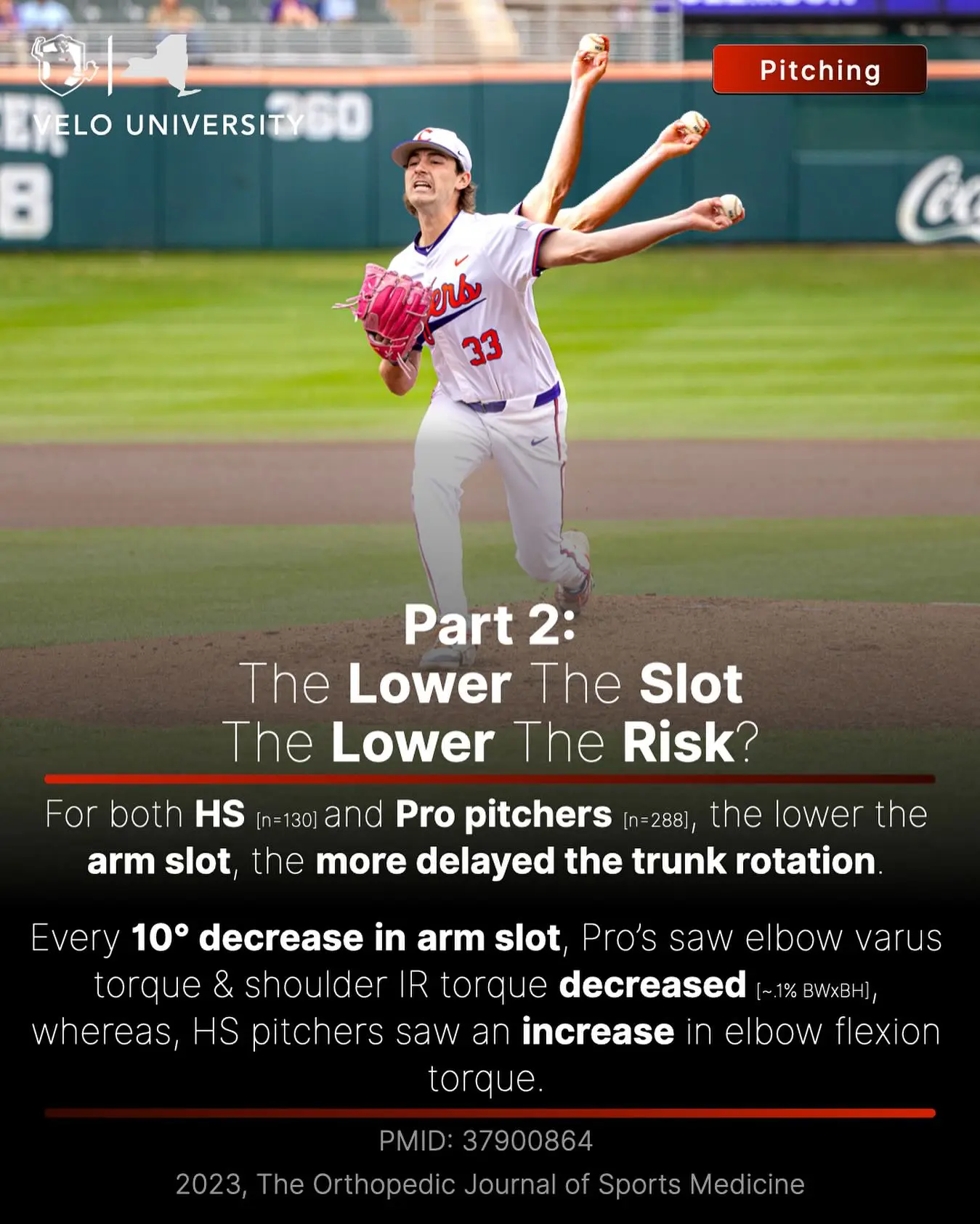
Image: Instagram
A recent biomechanical study is turning heads in the baseball community by challenging the long-held belief that arm slot alone governs shoulder stress and performance. The research, which carefully compared high school and professional pitchers, suggests that torso movement and precise timing during segmental movement play a pivotal role in energy transference during the pitching motion.
Study Overview
At the heart of the study is the idea that focusing solely on the arm slot could lead to confusion when trying to understand the complete picture of pitching mechanics. According to the research, the arm’s role is largely dictated by the rotational path taken by the athlete—a path that is determined by the movement and positioning of the torso. High school pitchers in the study, on average, used a more overhand arm slot at the moment of ball release compared to their professional counterparts. This difference, the study argues, is not just a matter of style but correlates with key biomechanical factors affecting shoulder and elbow stress.
Key Biomechanical Findings
The study reveals several critical insights. For both high school and professional pitchers, an overhand style—identified by the least amount of arm slot degree—was associated with greater shoulder abduction and increased lateral trunk flexion at ball release. In contrast, professional pitchers who adopted a more sidearm approach (indicated by a greater arm slot degree) demonstrated a potentially delayed timing of maximum upper trunk angular velocity. This suggests that a later peak trunk rotation might ease the stress on the arm or alter the energy flow.
For high school pitchers, a more sidearm slot correlated with an increase in elbow flexion torque. Yet, among professionals, the relationship was reversed; a sidearm style appeared to be negatively correlated with both elbow varus torque and shoulder internal rotation torque. These contrasting outcomes underline the complexity of the interaction between arm slot and the biomechanics of pitching. In essence, the positioning of the torso ultimately dictates the arm slot, and by extension, the forces experienced by the throwing arm.
Comparison Between High School And Pro Pitchers
A significant aspect of the study is its subject size and the high quality of the motion capture data, which lend weight to its findings. High school pitchers were observed to rely more on an overhand delivery, possibly due to differences in physical maturity or training emphasis at that level. In contrast, professional pitchers may adopt variations in arm slot as a refined adjustment to optimize performance and reduce injury risks. These findings are in line with previous biomechanical studies that have examined the interplay between trunk rotation and arm mechanics.
Dr. Nicholas Serio, a respected baseball performance expert and coach known for his insightful breakdowns of pitching mechanics, noted on his social media platforms that the arm is really at the mercy of the rotational path taken by the athlete. His commentary—that the movements leading into front foot contact and subsequent energy transfer cannot be reduced to a single variable like the arm slot—resonates with the new study’s conclusions.
Torso: The Hidden Driver
The study further emphasizes that the timing of segmental movement, primarily governed by the torso, heavily influences the energy dynamics during pitching. As the study shows, even subtle changes in trunk tilt and rotation can have pronounced effects on shoulder abduction and lateral trunk flexion. Dr. Serio’s previous work, which has been featured in outlets such as Baseball America, supports this view by demonstrating that the arm does not lead the pitching motion. Instead, it reacts to the positions maintained by the rest of the body. This perspective is critical as coaches and trainers seek to fine-tune techniques aimed at reducing stress and preventing injury.
Moreover, early findings from the study are being compared with previous Instagram posts by Dr. Serio, where he dissected studies on elbow torque and trunk sequencing. In one notable post, he pointed out that even small adjustments in kinematic sequencing—not the delivery style itself—could have significant implications on joint torque production. Such correlations reinforce the idea that a holistic approach, which considers the entire body’s movement, is essential for understanding pitching efficiency and injury prevention.
The research not only adds depth to the arm slot debate but also paves the way for further studies that might explore the individualistic nature of torso positioning. Since factors such as core strength, lumbopelvic stability, and even the athlete’s unique physiology influence trunk motion, conversations around pitching mechanics will likely remain dynamic and ongoing.
While the study leaves some questions open—especially concerning the intrinsic factors that dictate torso positioning—it undeniably underscores the importance of viewing the pitcher as a whole rather than isolating the arm slot. The clear message for athletes, coaches, and sports scientists is that effective pitching mechanics depend on coordinated movements across the entire kinetic chain.
The study’s implications extend beyond academic discourse; they offer a framework for training regimes and rehabilitation protocols designed to optimize pitching performance while minimizing injury risk. As research continues to evolve, a more individualized approach to training might emerge, one that weighs biomechanical nuances and personal movement patterns over one-size-fits-all techniques.
With debates on pitching mechanics as vibrant as ever, these insights promise to enrich the conversation, providing a scientific basis for adjustments in both training and technique.
The findings remind us that in baseball, as in many sports, the devil is in the details—details that cut across the traditional focus on isolated motion to embrace the full complexity of athletic performance.
Read full bio of Vidya Tadapatri




